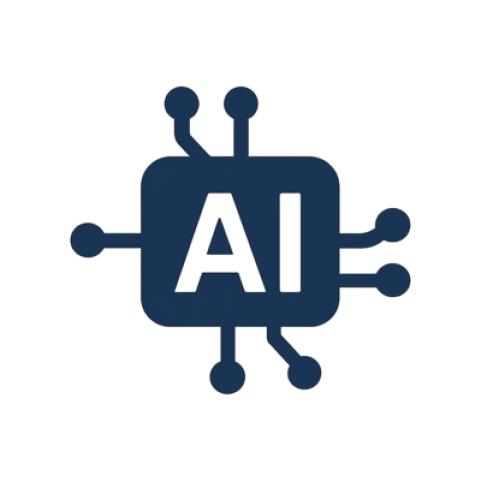In the world of advanced networking and cybersecurity, achieving CCIE security training opens doors to mastering sophisticated technologies, including public key infrastructure (PKI). As organizations strive to protect sensitive data and communications, understanding PKI becomes an essential skill for CCIE Security professionals. Whether you’re preparing for the CCIE Security certification or working in a network security role, PKI stands out as a cornerstone technology that secures digital interactions.
What is Public Key Infrastructure (PKI)?
PKI is a system of policies, hardware, software, and procedures that enable secure electronic communications. It ensures the confidentiality, integrity, and authenticity of data by employing cryptographic keys. At its core, PKI uses a pair of keys—a public key and a private key—to encrypt and decrypt data. These keys are issued and managed by a trusted authority called the Certificate Authority (CA).
Key Components of PKI
Certificate Authority (CA): The CA is responsible for issuing, revoking, and managing digital certificates. It acts as a trusted entity that validates the authenticity of entities (e.g., users, servers, devices).
Digital Certificates: These certificates bind a public key to an entity and include essential information such as the certificate’s owner, serial number, expiration date, and the CA’s digital signature.
Registration Authority (RA): The RA handles the initial verification of entities before the CA issues a certificate. It ensures that only legitimate users and devices are granted certificates.
Public and Private Keys: These cryptographic keys work in tandem. The public key is shared openly, while the private key is kept secret. Data encrypted with one key can only be decrypted with the other.
Certificate Revocation List (CRL): The CRL contains a list of certificates that have been revoked by the CA before their expiration date due to compromise or other reasons.
How PKI Works
Key Generation: The entity generates a pair of cryptographic keys—a public key and a private key.
Certificate Issuance: The public key is sent to the CA, which validates the entity’s identity and issues a digital certificate.
Secure Communication: When data is transmitted, it is encrypted using the recipient’s public key. Only the recipient can decrypt the data using their private key.
Authentication: The sender’s digital certificate verifies their identity, ensuring that the communication is trustworthy.
Importance of PKI in Network Security
PKI plays a critical role in enabling secure digital interactions, making it indispensable for CCIE Security professionals. Here are some of its key applications:
Data Encryption: PKI ensures that sensitive data remains confidential during transmission, protecting it from unauthorized access.
Authentication: By verifying the identity of users, devices, and servers, PKI prevents unauthorized entities from accessing networks.
Digital Signatures: PKI enables digital signing of documents and messages, ensuring their integrity and authenticity.
Secure Web Browsing: PKI underpins HTTPS, ensuring secure communication between browsers and websites.
Email Security: PKI encrypts and signs emails, safeguarding them from interception and tampering.
PKI Challenges and Best Practices
While PKI is a powerful security tool, it is not without challenges. Understanding these challenges is vital for those pursuing CCIE Security training:
Complexity: Implementing and managing PKI can be complex, requiring skilled professionals.
Certificate Management: Properly handling certificate issuance, renewal, and revocation is crucial to maintaining security.
Key Protection: Protecting private keys from compromise is critical to the security of the PKI system.
To mitigate these challenges, organizations should adopt the following best practices:
Regularly audit and update PKI systems to ensure compliance with security standards.
Use hardware security modules (HSMs) to protect private keys.
Train personnel on the importance and proper use of PKI.
Why PKI Matters for CCIE Security Professionals
For those aspiring to excel in CCIE Security, mastering PKI is a vital skill. PKI enables secure communications across networks, a fundamental requirement for enterprise-grade security. Additionally, PKI knowledge equips professionals to:
Implement secure VPN solutions.
Design and manage enterprise-level access controls.
Protect critical infrastructure from cyber threats.
Conclusion
Understanding Public Key Infrastructure (PKI) is not just a technical necessity but a strategic advantage for CCIE Security professionals. By mastering PKI, you gain the ability to design and manage secure networks that meet the highest standards of confidentiality, integrity, and authentication. For those pursuing CCIE Security, PKI represents both a critical area of knowledge and a pathway to advancing in the ever-evolving field of cybersecurity.










